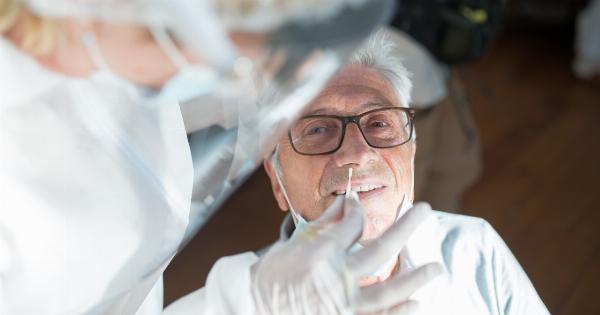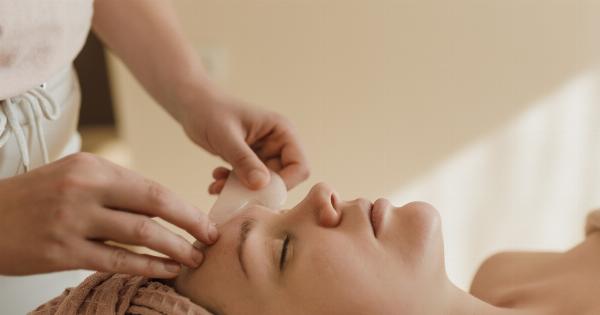Facial paesa refers to a condition characterized by various symptoms affecting the face. It is important to understand these symptoms as they can greatly impact an individual’s daily life.
This article provides a comprehensive guide to the symptoms of facial paesa, including their signs, manifestations, and potential effects.
Symptom 1: Facial Pain
One of the most common symptoms of facial paesa is facial pain. This pain can range from a mild discomfort to severe and debilitating. It may be constant or intermittent and can occur on one side or both sides of the face.
Facial pain can be sharp, stabbing, throbbing, or burning in nature and may worsen with certain movements or activities.
Symptom 2: Facial Discomfort
In addition to facial pain, individuals with facial paesa may experience facial discomfort. This discomfort can manifest as a general sense of unease, tightness, or pressure in the facial area.
It may also be accompanied by a feeling of fullness or swelling in the face, even if no visible swelling is present.
Symptom 3: Facial Swelling
Facial swelling is another possible symptom of facial paesa. Swelling can occur in various parts of the face, such as the cheeks, lips, or eyelids. It may be localized to one area or affect the entire face.
Facial swelling can result in changes in facial appearance and may cause discomfort or difficulty with facial movements.
Symptom 4: Facial Redness
Facial redness is a common manifestation of facial paesa. The affected areas of the face may appear flushed, with a reddish or pinkish color.
This redness can be temporary or persistent and may be accompanied by a sensation of warmth or heat in the affected regions. Facial redness can make individuals self-conscious and impact their social interactions.
Symptom 5: Facial Numbness
Facial numbness is another symptom that individuals with facial paesa may experience. Numbness can occur in specific areas of the face or affect the entire facial region. It can range from a slight tingling sensation to complete loss of sensation.
Facial numbness can interfere with normal facial movements, such as smiling or blinking.
Symptom 6: Facial Tingling
Facial paesa can also manifest as facial tingling. This sensation is often described as a pins-and-needles feeling, similar to when a body part “falls asleep.” Facial tingling can occur spontaneously or be triggered by certain stimuli.
It can be intermittent or persistent and may be accompanied by other symptoms, such as facial pain or numbness.
Symptom 7: Facial Weakness
Facial weakness is a significant symptom of facial paesa. It can affect one side or both sides of the face and may cause difficulty with facial movements. Individuals may experience weakness in facial muscles, leading to drooping or asymmetry of the face.
Facial weakness can impact various functions, including speaking, eating, and expressing emotions.
Symptom 8: Facial Spasms
Facial spasms are involuntary muscle contractions that can occur in individuals with facial paesa. These spasms may be brief and infrequent or more prolonged and frequent.
They can cause visible twitching or jerking movements in the face, which may be noticeable to others. Facial spasms can be uncomfortable, distracting, and affect an individual’s quality of life.
Symptom 9: Facial Paralysis
In some cases, facial paesa can lead to facial paralysis. This occurs when the muscles on one or both sides of the face are weakened or cannot move at all.
Facial paralysis can result in an inability to close the eyelids, smile, or make other facial expressions. It can greatly impact an individual’s appearance, self-esteem, and ability to communicate non-verbally.
Symptom 10: Other Facial Abnormalities
Aside from the aforementioned symptoms, facial paesa can present with other facial abnormalities. These may include changes in skin texture, such as dryness or excessive oiliness.
Some individuals may also notice changes in facial sensation, such as increased sensitivity or the perception of unusual sensations. These abnormalities can vary from person to person and may further contribute to the overall burden of the condition.
In conclusion, individuals with facial paesa may experience a range of symptoms that affect the face.
These symptoms include facial pain, discomfort, swelling, redness, numbness, tingling, weakness, spasms, paralysis, and various other facial abnormalities. Understanding these symptoms is crucial in managing and seeking appropriate treatment for facial paesa.






























